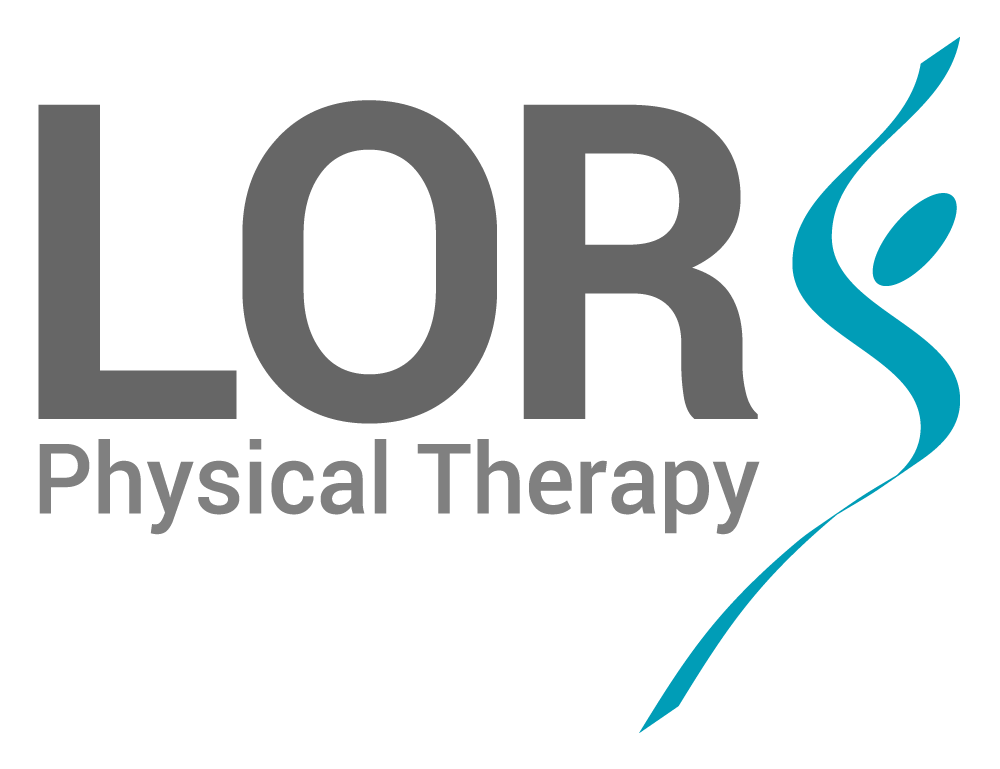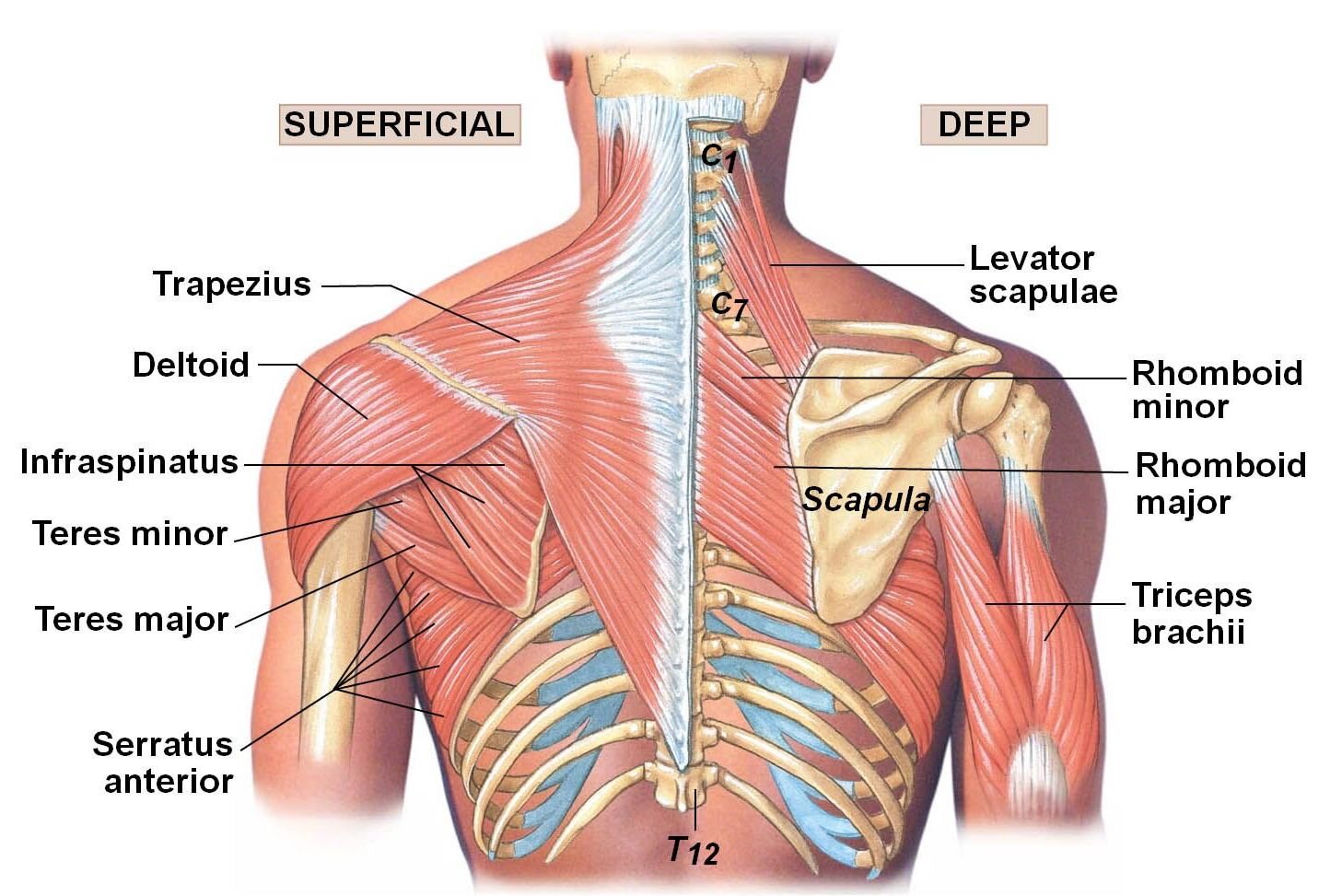Why Upper Back Stiffness Could Be the Root Cause of Your Shoulder Pain
In our last article, we discussed how a lack of hip mobility could be a hidden cause of low back pain. The idea is that a lack of movement directly below the lower back fundamentally changes the way we load the lower reaches of the spine - potentially leaving the door open for back pain and discomfort over time.
Interestingly, there is often a similar concept at play with the shoulder.
Functionally, the upper back plays a very important role in supporting normal shoulder function. So any joint or tissue restriction in this area has the potential to lead to pain and injury over time.
So let’s discuss some helpful thigns to know and do to make sure your shoulder has the best chance to recover and recover quickly.
Important Anatomy of the Shoulder
As you can hopefully appreciate in the image below, the shoulder itself is more than just a single, isolated joint. It’s surrounded by a number of muscles that span large anatomical areas. It’s also influenced by a number of bony structures.
If we take a muscle like the Trapezius, you can see that it not only influences the shoulder, but also anchors to the upper back, the neck, and also the base of the skull. This muscle alone ties together a number of areas to the shoulder making them important considerations when trying to understand why shoulder pain occurs.
Beyond this, we can see that the shoulder obviously attaches to the top of the very mobile scapula. The scapula sits on top of the upper back allowing the shoulder to slide and glide in whichever direction we need.
However, when we introduce restricted upper back tissue into the equation, things have the potential to go awry.
Clinically, upper back joint stiffness in both the spinal and rib joints is a highly underrated feature in many shoulder complaints.
In short, if your upper back has a handbrake on the shoulder could be the structure that suffers over time.
So if you’re struggling to shake a shoulder injury, or you just want your shoulders to function better again, it’s important to go looking around to see what you can find. Or, better still, have your favorite Physical Therapists do it for you!
How to Figure Out if Your Upper Back is Stiff
Having shoulder pain and knowing the upper back might be connected is one thing, but figuring out the specifics of what’s going on behind the scenes can be a little trickier.
Thankfully, there’s a really simple exercise that also doubles as a self-diagnostic tool that can help you figure out exactly what’s going between your upper back and shoulder.
All you need is a lacrosse ball or tennis ball, somewhere to lie down (or a wall to lean up against), and an exploratory mindset.
As the above video highlights, here’s how to assess your upper back and get a sense of how it might tie into your shoulder pain or discomfort:
Do a pre-test by raising your arm up in the air. Take note of how it feels and how far you go so you can compare things afterward.
Gently let the ball press into the area somewhere between your shoulder blade and the middle of the spine.
Prioritize areas that feel stiff, tight, or restricted more so than just tender spots.
Resist the urge to roll around and let the ball sink in.
If you have found a particularly tight and tender spot, gently lift your arm as high as you feel comfortable and gently oscillate it in and out of your end range to sheer free some restricted tissue.
Hunt around for any other areas that stand out to you.
Re-test your initial arm lift to gauge any change.
One of the best things about using a ball in this way is that it will give you an instant idea of where you might be restricted, and an immediate sense of how that restriction is affecting your shoulder. And once you have a strong sense of where these areas are, you can use the exact same diagnostic test to go free these areas up.
It’s such a brilliantly educational and practical thing to do for any shoulder complaint.
So if you’re someone who’s struggling to overcome shoulder pain, make sure you take the time to explore how stiff your upper back might be. It could genuinely be one of the missing pieces to your pain puzzle!
If you’re struggling with shoulder pain and would like one of our expert Physical Therapists to help, please don’t hesitate to call us on (949) 443 5442.
Alternatively, why not join us in one of our fortnightly FREE shoulder pain workshops! You can register your interest here and ask as many questions as you like!

